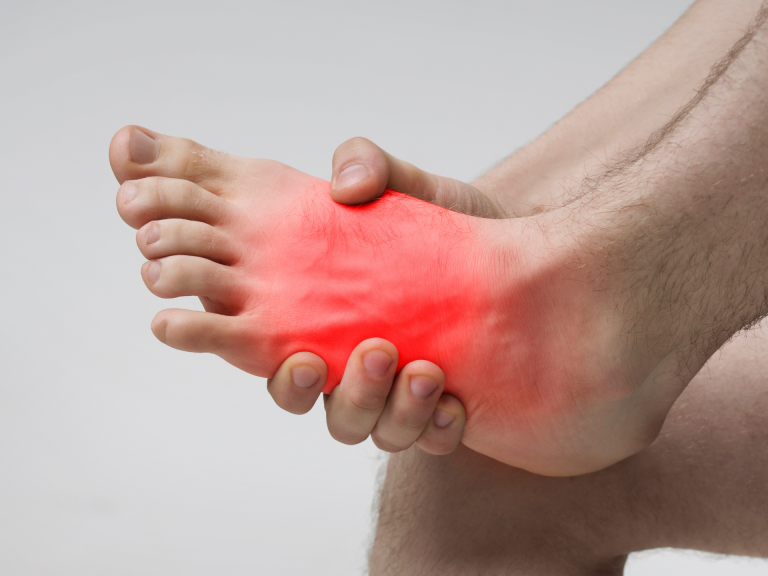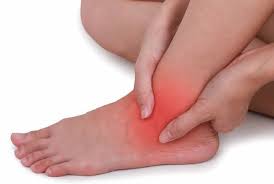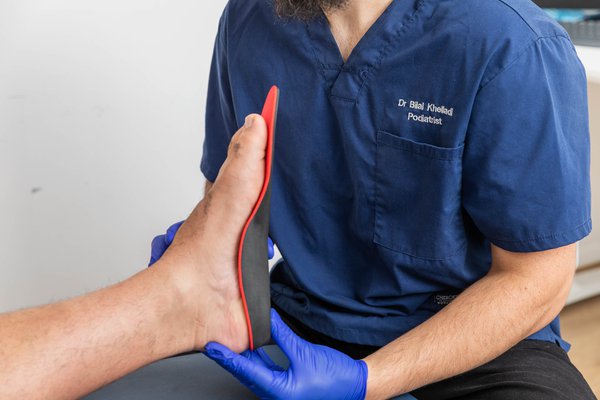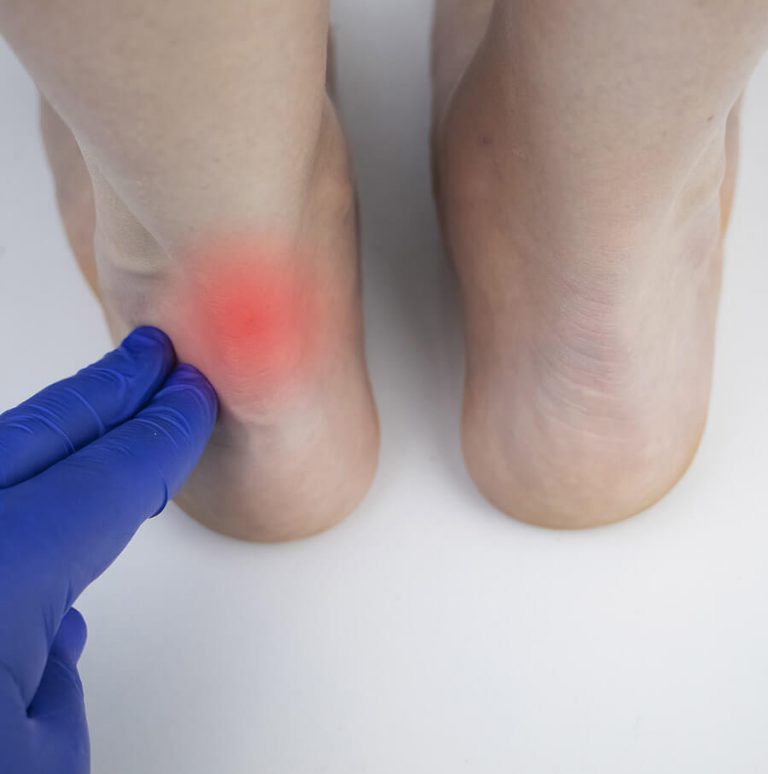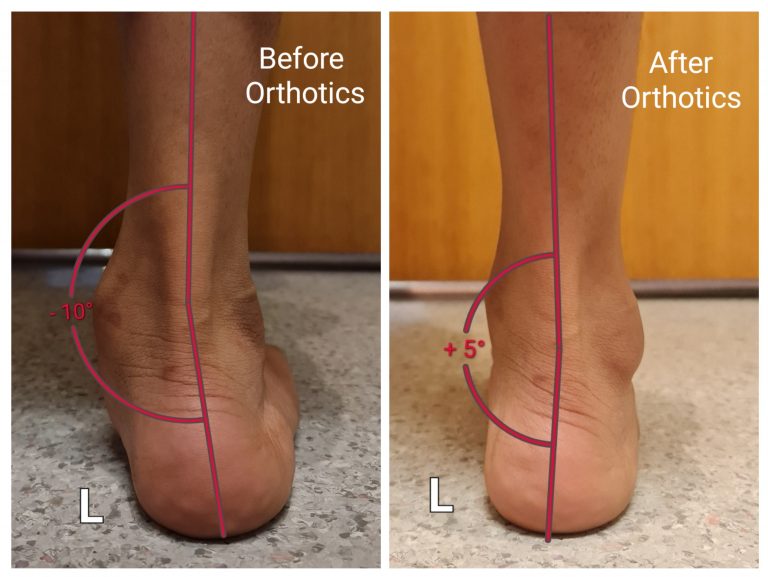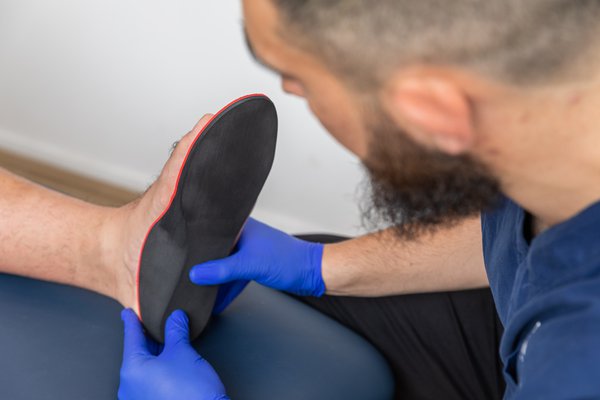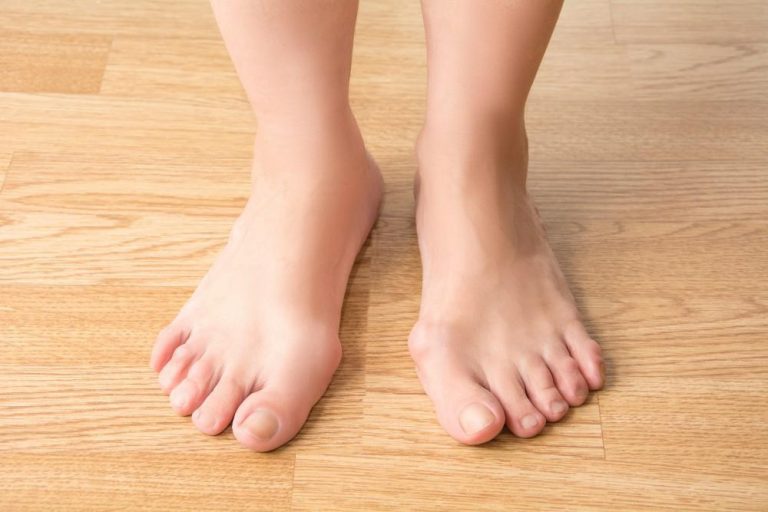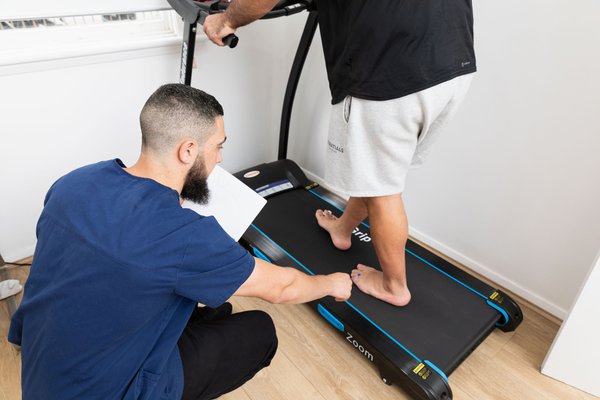Morton's Neuroma
For specialised treatment of
Morton’s neuroma in Sydney,
the Podiatry & Injury Clinic
is here to help
Morton’s neuroma in Sydney,
the Podiatry & Injury Clinic
is here to help
What is Morton's Neuroma
Morton’s neuroma is a painful condition that affects the ball of your foot, typically between the third and fourth toes. It involves the thickening of the tissue around one of the nerves leading to your toes, causing a sharp, burning pain in the ball of your foot. Your toes may also sting, burn, or feel numb.
Morton’s neuroma, also known as intermetatarsal neuroma, is a painful condition that typically arises when the tissue around one of these nerves thickens, leading to the formation of a benign (non-cancerous) growth, often referred to as a neuroma.
This growth, even though non-malignant, can result in an array of discomforting symptoms. The thickened tissue compresses and irritates the nerve, leading to severe pain, tingling, or numbness in the ball of the foot or toes. It frequently feels as though you’re standing on a small stone or pebble or that your sock is bunched up. It’s most commonly found between the third and fourth toes, but it can develop between other toes as well.
Morton’s neuroma, also known as intermetatarsal neuroma, is a painful condition that typically arises when the tissue around one of these nerves thickens, leading to the formation of a benign (non-cancerous) growth, often referred to as a neuroma.
This growth, even though non-malignant, can result in an array of discomforting symptoms. The thickened tissue compresses and irritates the nerve, leading to severe pain, tingling, or numbness in the ball of the foot or toes. It frequently feels as though you’re standing on a small stone or pebble or that your sock is bunched up. It’s most commonly found between the third and fourth toes, but it can develop between other toes as well.

Causes
of Morton's Neuroma
The exact cause of Morton’s neuroma remains largely unknown, but it’s believed to develop in response to irritation, pressure, or injury to one of the nerves leading to the toes. Here are some common contributors to this condition:
Footwear: Wearing high heels or shoes with a narrow toe box can increase the pressure on the ball of your foot, leading to nerve compression. Such shoes can squeeze the toes together and may exacerbate the condition.
High-Impact Activities: Activities that place significant pressure on the ball of the foot, such as running, jogging, or other high-impact sports, can potentially instigate or worsen Morton’s neuroma. Sports that require tight shoes, like skiing or rock climbing, can also contribute.
Foot Deformities: Pre-existing foot conditions, such as bunions, hammertoes, high arches, or flatfeet, can predispose you to Morton’s neuroma. These conditions can alter the structure and function of the foot, leading to excessive pressure and friction on the interdigital nerves.
Other Factors: Certain factors like age, sex, and overall physical health can play a role. Morton’s neuroma is more commonly seen in middle-aged women, possibly due to the consistent wearing of high-heeled or narrow shoes.
In essence, any condition or situation that results in consistent, excessive pressure on the forefoot can contribute to the development of Morton’s neuroma. Remember, the professional team at Podiatry & Injury Clinic, your trusted “Sydney podiatrist clinic”, is ready to provide expert advice and treatment for this condition.
Footwear: Wearing high heels or shoes with a narrow toe box can increase the pressure on the ball of your foot, leading to nerve compression. Such shoes can squeeze the toes together and may exacerbate the condition.
High-Impact Activities: Activities that place significant pressure on the ball of the foot, such as running, jogging, or other high-impact sports, can potentially instigate or worsen Morton’s neuroma. Sports that require tight shoes, like skiing or rock climbing, can also contribute.
Foot Deformities: Pre-existing foot conditions, such as bunions, hammertoes, high arches, or flatfeet, can predispose you to Morton’s neuroma. These conditions can alter the structure and function of the foot, leading to excessive pressure and friction on the interdigital nerves.
Other Factors: Certain factors like age, sex, and overall physical health can play a role. Morton’s neuroma is more commonly seen in middle-aged women, possibly due to the consistent wearing of high-heeled or narrow shoes.
In essence, any condition or situation that results in consistent, excessive pressure on the forefoot can contribute to the development of Morton’s neuroma. Remember, the professional team at Podiatry & Injury Clinic, your trusted “Sydney podiatrist clinic”, is ready to provide expert advice and treatment for this condition.
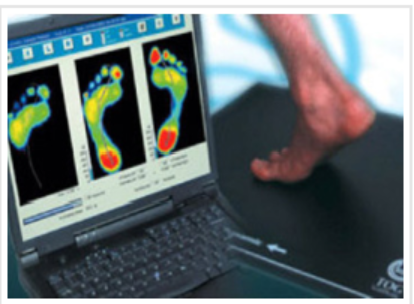
Why Choose Us
At the Podiatry & Injury Clinic, we don’t just treat conditions – we treat people. Our Sydney podiatrists understand that each individual’s situation is unique, and so should be their treatment. We focus on creating personalised treatment plans aimed at alleviating your discomfort and promoting healing.
Morton's Neuroma Gone
Our comprehensive approach to treating Morton’s Neuroma sets us apart as a trusted Sydney podiatrist. From thorough examination and diagnosis to custom-tailored treatment plans, we take each step meticulously to ensure the best possible outcomes.
Book online
If you suffer from any foot condition or experience pain, come and see our friendly experts at the Podiatry and Injury Clinic

We Treat Morton's Neuroma
Our Sydney podiatrist is expert at diagnosing and fixing plantar fascitis, and helping you recover from any related injuries.
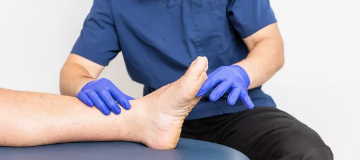
Symptoms of Morton's Neuroma
Symptoms of Morton’s neuroma can range from tingling in the toes to a sharp, severe pain in the foot. You may also feel like you’re standing on a pebble in your shoe or on a fold in your sock.
Complications of Morton's Neuroma
If left untreated, Morton’s neuroma can lead to persistent pain that may interfere with your daily activities. It can also cause permanent nerve damage in severe cases.
How to Prevent Morton's Neuroma
Wearing comfortable shoes with a wide toe box and avoiding high heels can help prevent Morton’s neuroma. If you engage in high-impact activities, proper footwear and good foot hygiene can also help reduce your risk.
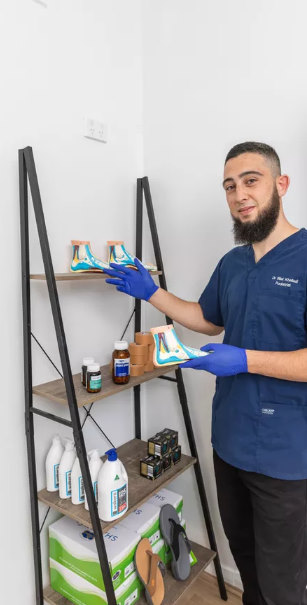

Frequently Asked Questions
When should I consult a Sydney podiatrist for Morton's neuroma?
If you’re experiencing persistent pain, tingling, or numbness in the ball of your foot or your toes, it’s recommended to consult with a professional.
What treatment options are available at Podiatry & Injury Clinic for Morton's neuroma?
Treatment options can vary from conservative methods like shoe modifications, custom orthotics, and physical therapy, to more invasive procedures in severe cases.
Can Morton's neuroma be prevented?
Yes, wearing properly fitting shoes, maintaining good foot hygiene, and avoiding excessive high-impact activities can help prevent Morton’s neuroma. Regular check-ups with a “Sydney podiatrist” can also help identify potential issues early.
The team at Podiatry & Injury Clinic is committed to providing you with the best possible care for Morton’s neuroma. Trust our expert Sydney podiatrist to help you manage your condition and maintain your foot health.
Latest Blog Post
GET IN TOUCH
WITH US
What is your name?

